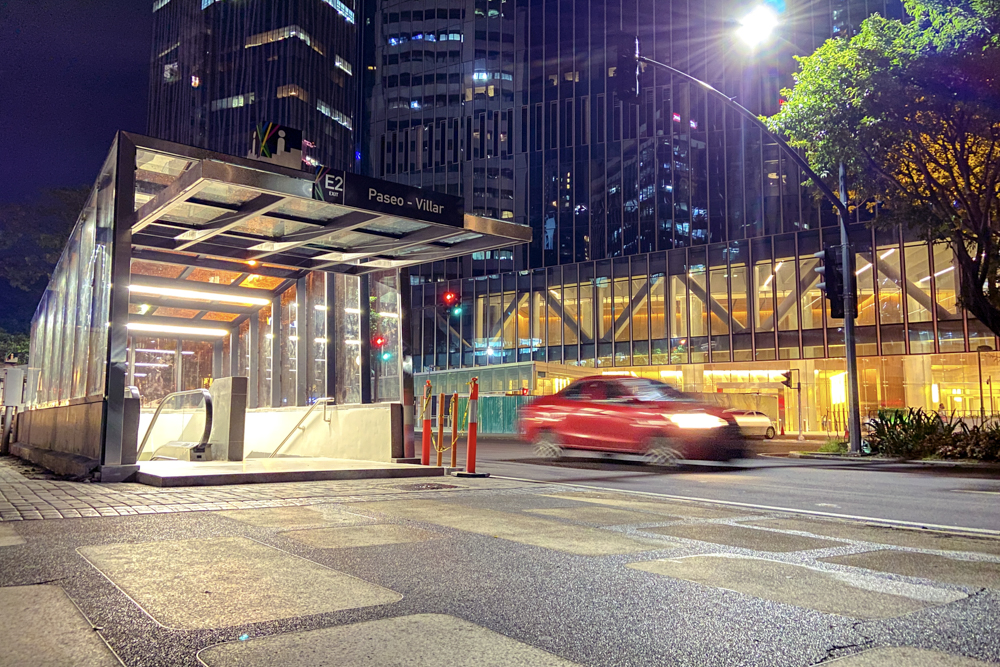
Those of us that frequent the Makati Central Business District know of the steel plates and road closures that plagued a section of Paseo de Roxas adjacent to Ayala Triangle. In the past few months, fresh asphalt replaced the steel plates as construction of the new Paseo de Roxas-Villar Underpass neared its completion.
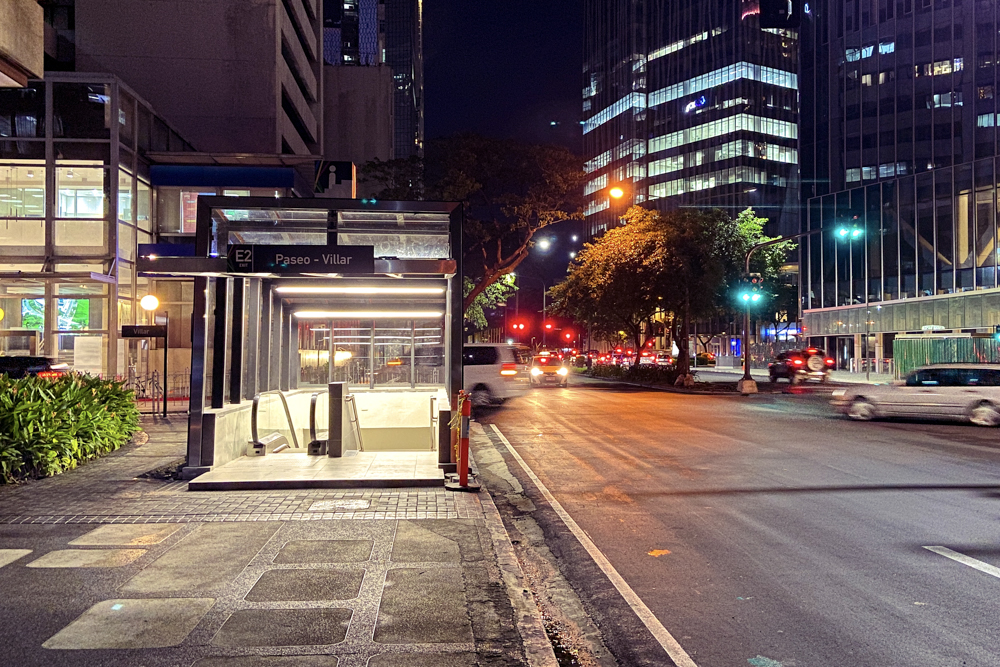
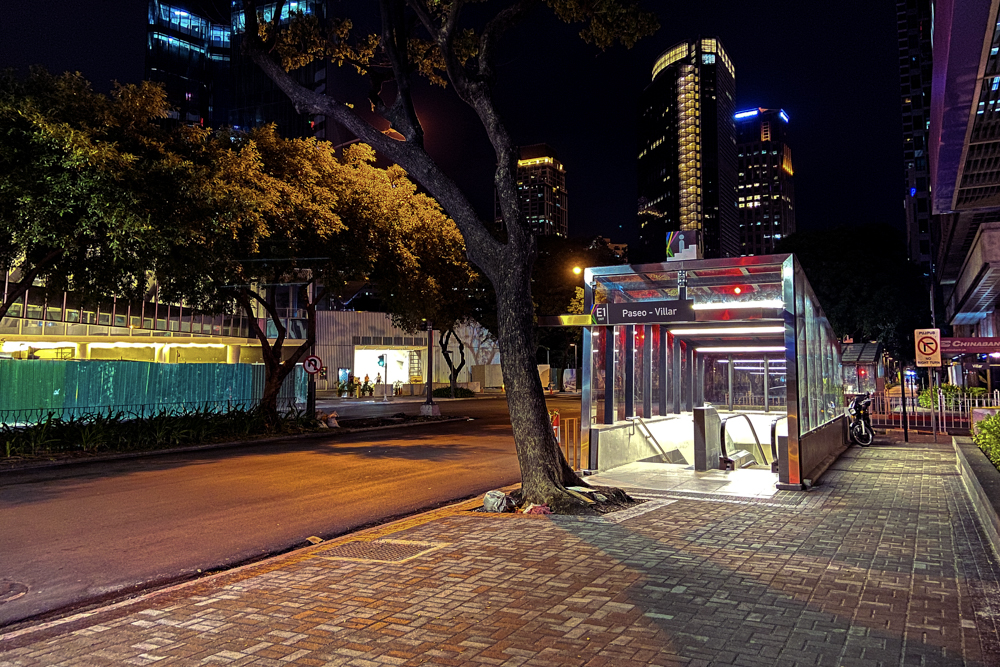
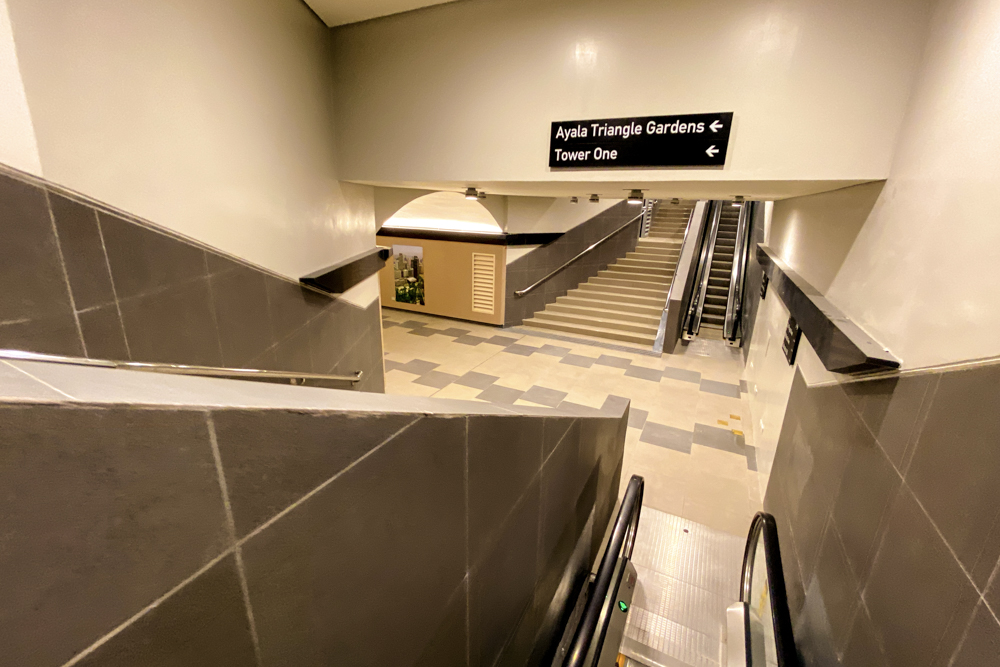
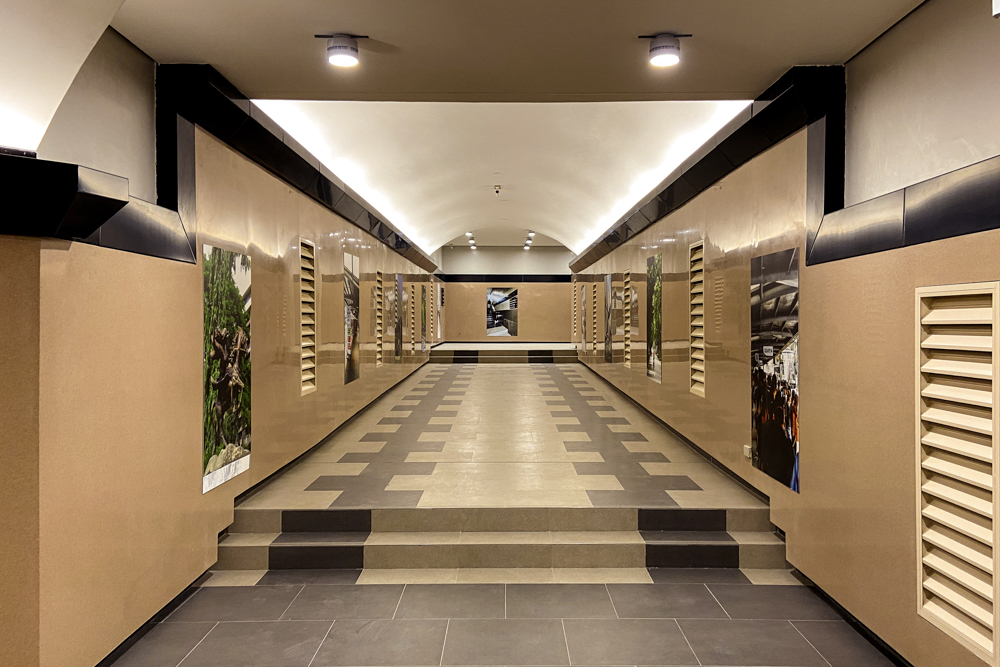
Ayala Land Incorporated, Makati Central Estate Association, and the Makati LGU have finally inaugurated the said underpass, allowing pedestrians to travel between Salcedo Village and the Ayala Triangle Gardens. While construction of the underpass began in 2019, redevelopment planning for making the city more accessible started in 2012. Go around the business district today and it’s easy to see the walkways, crossings, signages and other related infrastructure improvements that have made getting about in the city that much better.
There’s no denying that the new underpass does look nice. The main hall is spacious and well-lit. Its walls are adorned with photographs of Makati streets and cityscapes, and signages lead pedestrians to their destinations with estimated travel times listed. The Villar Street side has escalators for pedestrians going up to Salcedo Village alongside stairs with a small concrete bike ramp for those entering the underpass. The Paseo de Roxas side has a direct connection to Ayala Triangle Gardens Tower 2 alongside escalators and stairs to the surface.
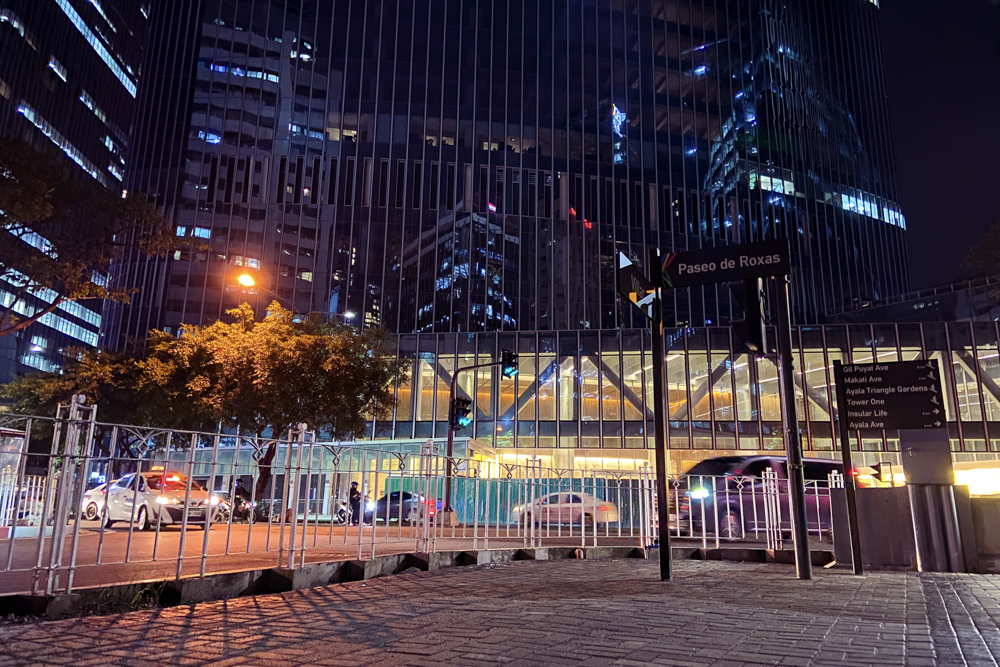
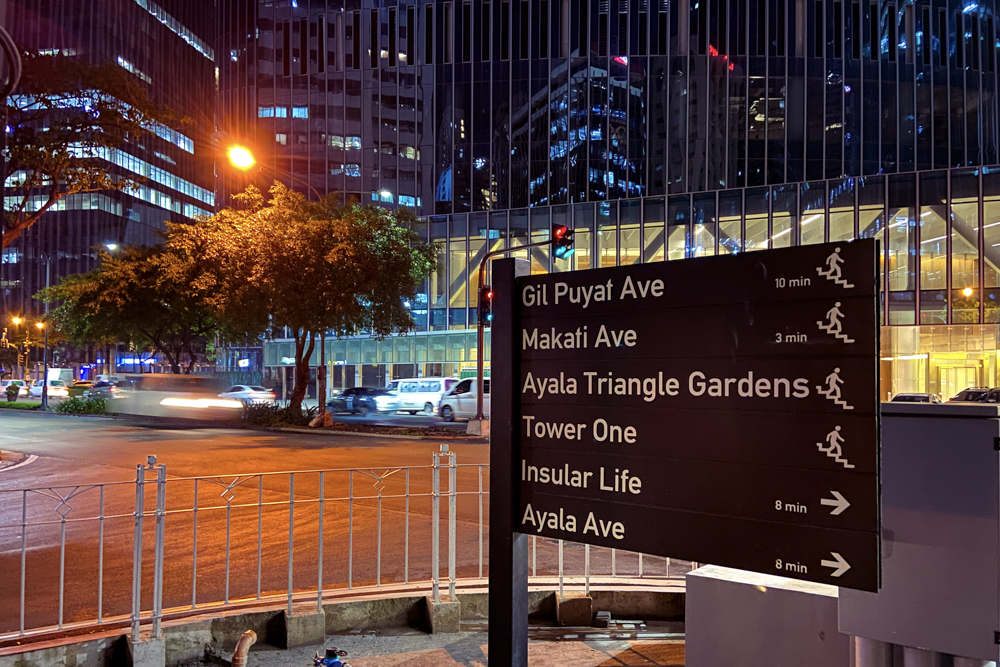
Those that frequent the area may remember that the corner features pedestrian crossings that may have been difficult to use due to cars turning right from Paseo de Roxas at significant speed. While the new underpass does solve this problem, a crossing that previously took a few seconds has now turned into an endeavor featuring a walk down a flight of stairs followed shortly by an escalator ride (or more stairs, if you’re unlucky enough to be faced with inoperative escalators). Our differently abled compatriots may have problems with the new arrangement as the whole corner has been fenced in, with at-grade accessibility at the parallel Valero Street being patchy, and no real at-grade crossing into Ayala Triangle Gardens except at the intersection of Makati Avenue and Paseo de Roxas.
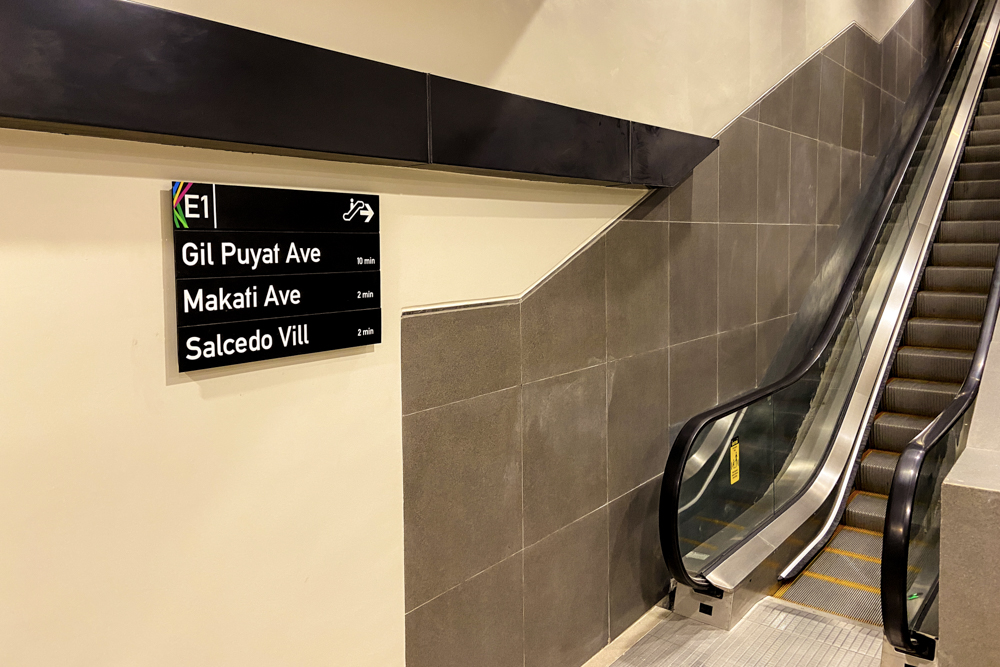
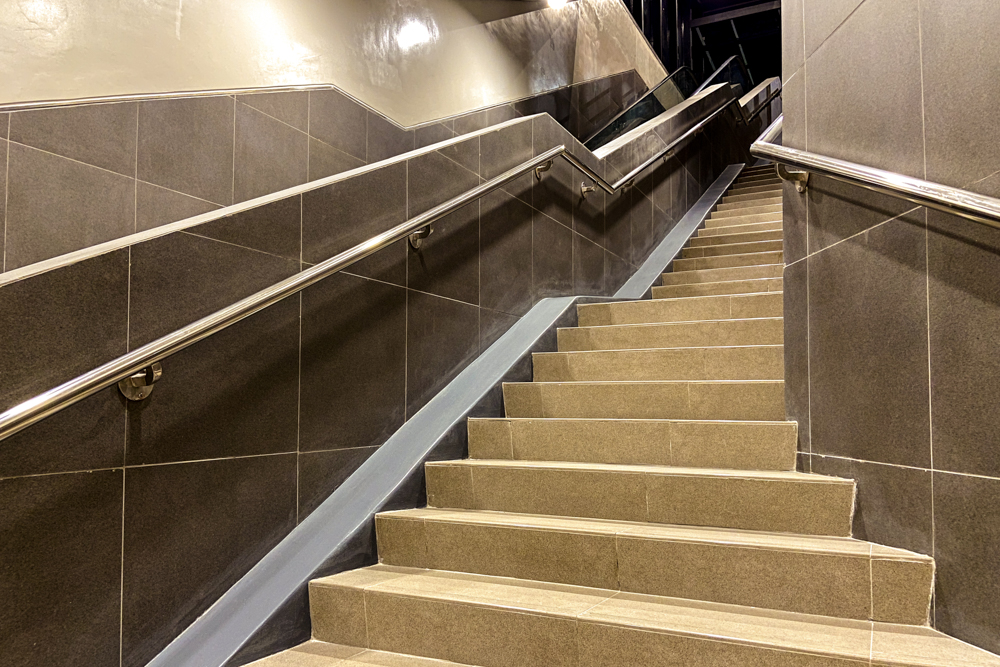
This then begs the question: Who really benefits from the underpass? Is it the pedestrians that now have to travel further, or the motorists that no longer have to deal with pedestrians?
I’m hopeful for the future of our cities, knowing that we are capable of the likes of PGAA and MACEA’s Urban Patios, and Pasig Transport’s newly redesigned Kapitolyo intersection. It seems we still have a lot to figure out if we want our priorities to change from moving cars to moving people, and we will need to sit down and reflect on what we think is progress and what actually constitutes it.






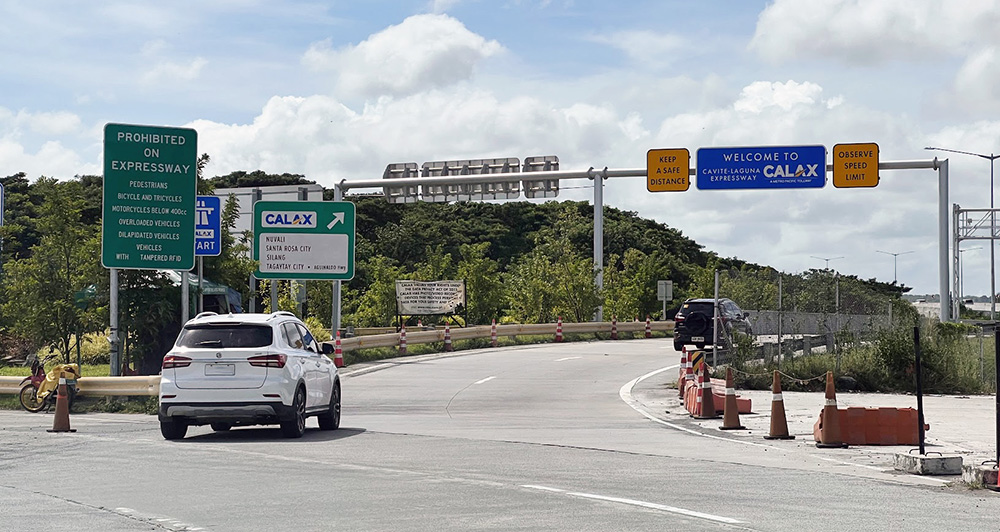

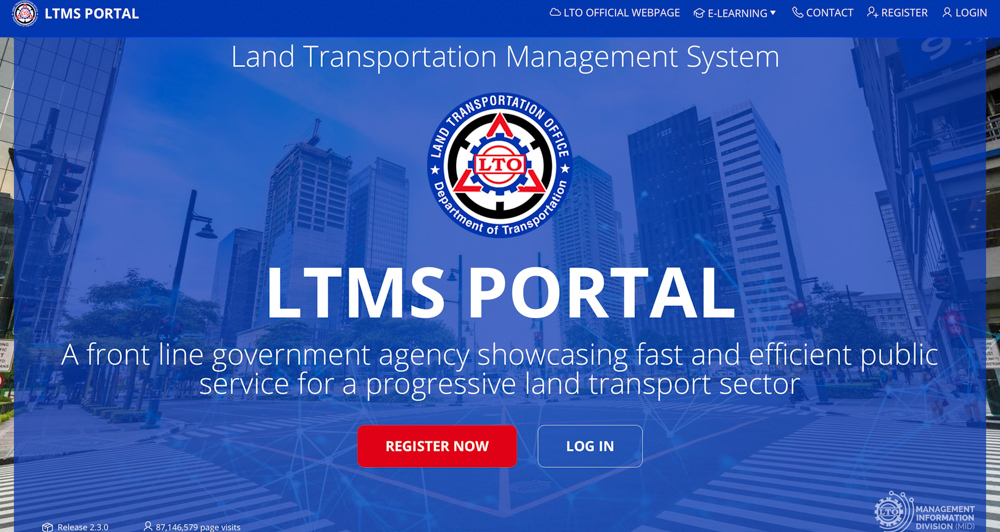


Comments